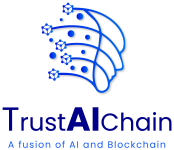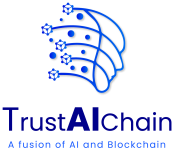We’re entering the age of agentic AI; systems that don’t just respond to inputs but set goals, break them down, choose tools, execute tasks, and adjust in real time. These are not static chatbots or rule-based flows. They’re autonomous agents that can work toward outcomes on their own.

Traditional AI vs. Agentic AI
If you’re a product leader, that means the way you design, manage, and ship products is about to change in powerful ways.
Agentic AI systems are already reshaping workflows. Instead of spending hours gathering fragmented data from customer relationship management (CRM) platforms, user feedback, or competitor sites, a single agent can aggregate all of this information and generate a summary, with suggested actions. They can prioritize backlog tickets, cluster insights, and even generate product requirement documents.
This doesn’t mean product managers become obsolete. It means we evolve. Tactical output takes a backseat. Strategic oversight, ethical guardrails, and system thinking that becomes the core of the product manager (PM) role.
You don’t stop leading. You start leading alongside intelligence.

Agent Workflow
Imagine a day when you ask an agent:
“Help me summarize the top complaints from customer support in the past 30 days, link those to active tickets in Jira, and recommend three product improvements based on volume and severity.”
And it does just that, no prompts, no scripts, no manual digging.
This is already happening using tools like LangChain agents, OpenAI function calling, and frameworks like AutoGPT. The groundwork has been laid. Now it’s about product leaders deciding how to apply it.
Agentic systems are also redefining product architecture. Increasingly, we’re building not just for human users, but for agents. Your APIs need to be agent-friendly. Your data access needs to be secure but legible. Your products must consider how AI will interpret pricing, feature toggles, and onboarding flows.

AI-Augmented PM Stack
We are moving into a world where AI agents make purchase decisions, not people.
This shift forces PMs to think differently. What once required a cross-functional team to orchestrate data ops, analytics, and customer experience (CX) can now be wrapped into a single autonomous workflow.
But with this power comes responsibility.
Agents that act independently also make mistakes independently. They can reflect bias, misread context, or act in ways we don’t fully understand. That’s why explainability, fairness, and human-in-the-loop design aren’t optional. They’re foundational.

Responsible AI Guardrails
PMs must be the champions of Responsible AI. That includes building products that don’t just scale, but scale with safeguards.
The best product managers will not resist agentic AI. They will shape it.
They will architect systems that use AI to free up human creativity, not replace it. They’ll align agents with product vision, business priorities, and ethical standards.
You’ll still define the roadmap, but your co-pilot will help execute it faster, smarter, and continuously.
The question is no longer “Can AI help?” It’s “How do I lead when intelligence itself is part of my team?”
Because the future of the product isn’t just AI-enhanced. It’s agent-driven. And it’s already here.
📣 Let’s Discuss
Are you already exploring agentic tools in your workflow? What use cases are you most excited or concerned about?
Let’s connect and exchange ideas. 👇 Drop your thoughts, experiences, or questions in the comments.







